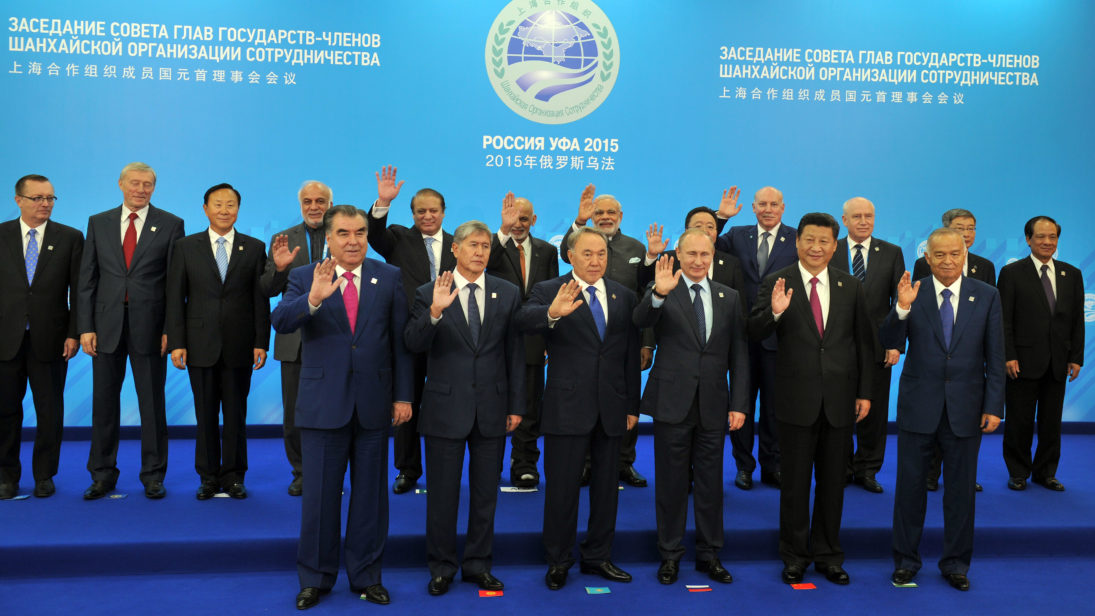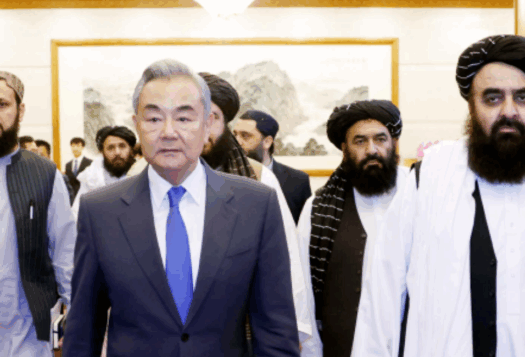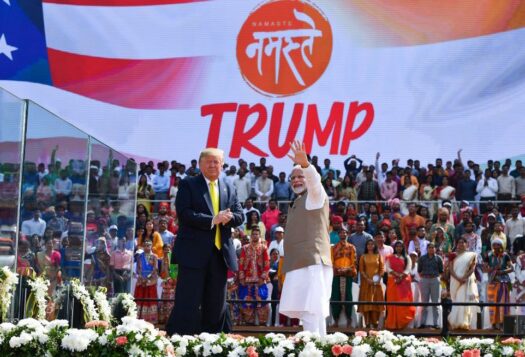
The creation of the Shanghai Five in 1996, an organization led by China and Russia, was initially aimed to enhance the cohesion of the five Asian states – China, Russia, Kazakhstan, Kyrgyzstan, and Tajikistan – through confidence–building measures to resolve border disputes and other security concerns. After the inclusion of Uzbekistan as a sixth member in 2001, it was reformed into the Shanghai Cooperation Organization (SCO). The SCO’s focus has expanded over time to include military security, regional trade, economic development, and cultural exchanges, along with the incorporation of new members – including India and Pakistan – from beyond the Eurasian belt.
Central Asia is located next to three of the largest and fastest growing economies in Eurasia – Russia, China, and India. Central Asia trades with Russia through an extensive network of oil and gas pipelines, electricity power lines, railroad tracks, highways, and communications. Japan, Korea, and the Pacific Rim are also some of the most dynamic economies in the world with which Central Asia has developed strong infrastructure links. However, links with Afghanistan, Pakistan, and India would complement existing links to Russia and the West and expand trading opportunities, and further create a strong competition in Eurasia. But the unsettling border tensions between India and China and the state of India-Pakistan relations, in particular the situation in Kashmir, could cast a shadow over the SCO’s success.
The SCO is representative of a paradigm shift in the global as well as regional power configuration, with the SCO envisioning a larger role for Asia in the world order. As a result, the SCO is taking active steps to expand its economic sphere in the decades ahead, including diversifying its membership. Devoid of pro or anti-Western consideration, it has now admitted two nuclear-armed rivals – India and Pakistan – as full members. The SCO’s expansion “will testify to the rest of the world that the SCO is a truly open and equal platform for safeguarding regional peace and development, not an exclusive and ambitious China-led ‘military alliance’ as portrayed by some Western powers.”
According to Moscow, the admission of India, the largest democracy in the world, reflects the SCO not as an anti-western world order, but the emergence of a polycentric world where multiple power centers compete and cooperate with each other. Chinese Vice Foreign Minister Cheng Guoping believes that the inclusion of India and Pakistan in the SCO will play a constructive role in improving their bilateral relations and bridge differences that persist between both nations. The membership of India in the SCO would bring greater cooperation with China on issues of terrorism and Afghanistan reconstruction. More importantly, China’s willingness to agree on cooperative terms with India indicates a shift in China’s partnership with India. India’s large working population is beneficial to China since it can use India’s large volume of manufacturing capacities to fulfill the needs of China’s future middle class consumer population with the provision of low cost goods.
The SCO’s expansion into the economic realm through the formation of the BRICS New Development Bank and the integration of China’s Silk Road and Russia’s Eurasian Economic Union (EEU) were the major agenda items of the SCO-BRICS summit held in Ufa this summer. India’s involvement strengthens China’s long-term ambition to redevelop the Silk Road across the Eurasian continent. India is connected to China and Russia via its shareholding status in the Asian Infrastructure Investment Bank and along with the European Union. These countries hold the largest equity bloc which benefits China’s Silk Road Economic Belt initiative.
With Iran set to join the SCO after its nuclear deal with the P-5+1, the SCO will represent nearly half of the global population and will control around a fifth of the world’s oil. India will play a strategic role in supplying energy from Iran to China and in return India will receive infrastructure assistance and trade. India’s admission to SCO is fruitful to Russia as well, as sanctions imposed by the EU compelled Russia to procure supplies, mainly in agriculture, from new markets. Yet certain questions remain to be answered regarding India’s role in fixing Russia’s sanctions issue. India is also involved in negotiations with Russia and members of the Eurasian Economic Union to create a free trade agreement which will help the economies of both countries.
The inclusion of India and Pakistan in the SCO is demonstrative of a new model for the world order – a polycentric configuration where a few dominant players are cooperating as well as competing among themselves and emerging players. Whether it will bring a dynamic shift in the India-Pakistan relationship is yet to be seen. Nevertheless, the actual mechanism of institutionalization of the SCO remains elusive. The SCO can provide an opportunity for India and Pakistan to be rational players in the polycentric world order where both countries would learn to sideline contentious issues while cooperating on possible areas of mutual interests.
***


